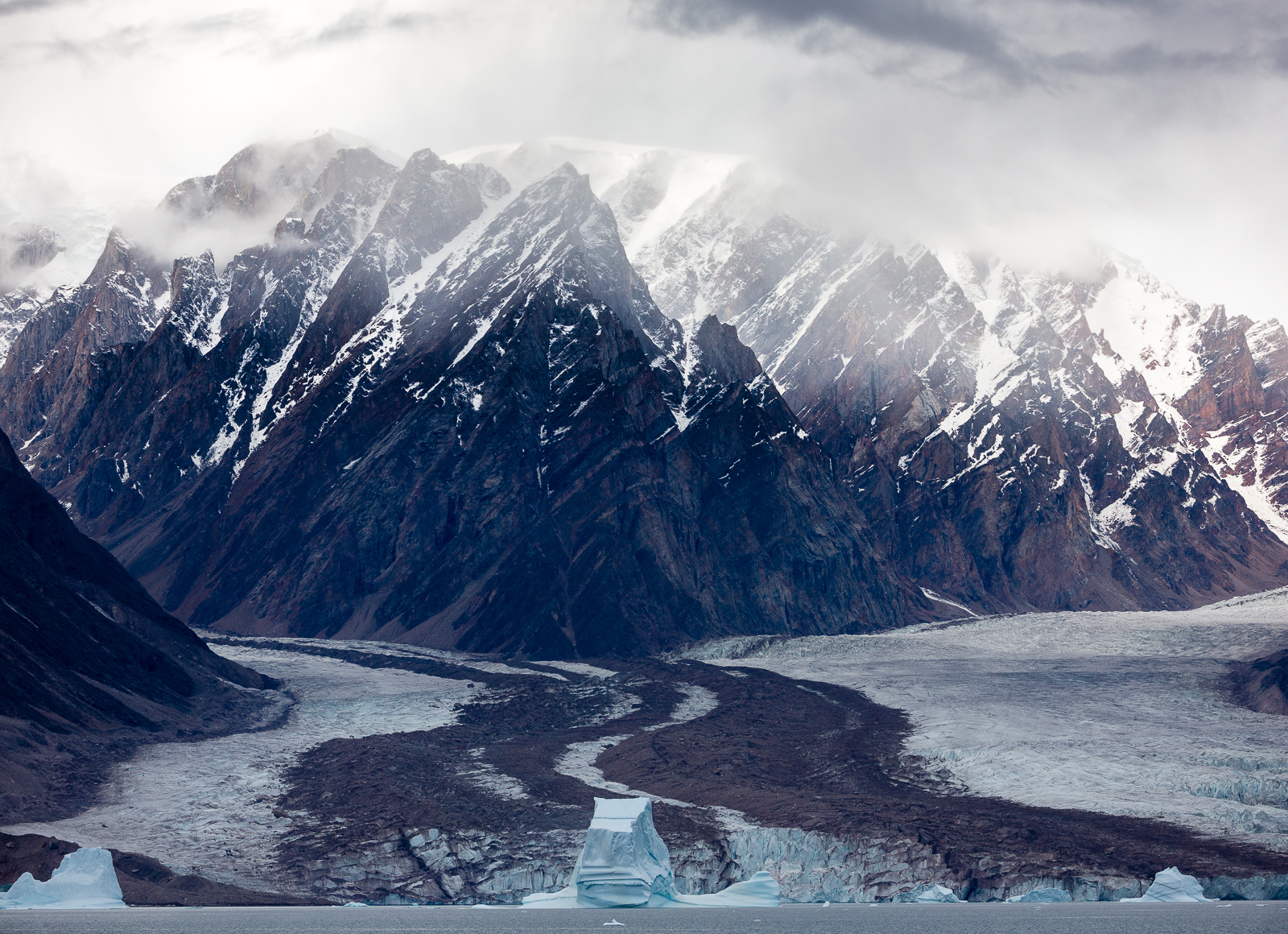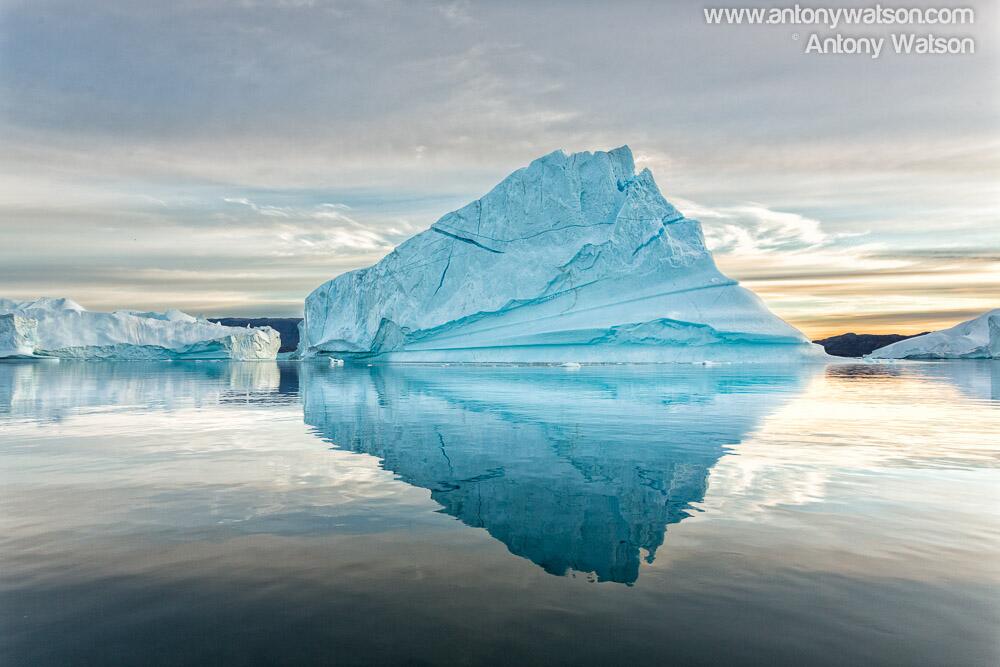I’m finally home in Australia getting back to some semblance of home life after three and a half weeks in the Northern Hemisphere above 66 degrees.
I must say it has been an illuminating experience. Apart from the near twenty four hours of continual daylight as we passed 79 degrees, the impact of man and global warming can clearly be seen.
After two weeks travelling the East coast of Greenland and up to the ice pack and then across to Spitsburgen, Svalbard the sheer impact of global warming can be seen everywhere.
According to the soon to be released, recently leaked, Intergovernmental Panel on Climate Change report, Greenland’s ice added six times more to sea levels in the decade through 2011 than in the prior 10 years, according to details of a draft 2200-page study.
Having the amazing opportunity to first hand experience glacial carving was a life changing experience. I also had the opportunity to see many glaciers that previously were carving into the ocean that now melt prior to reaching the sea.
Its not just the glaciers that are suffering. The Arctic is a desolate harsh environment. In all its beauty it really is a fight for survival for the wild life. With global warming causing issues with winter rains causing melts and the refreezing of ice into rock hard ice causing breeding problems for Ring Seals and stopping foraging animals from digging through snow to forage for food. One of our planets harshest environments for wild life is getting even harsher.
My trip to the Arctic has re-invigorated my my environmental conscience and my desire to raise social awareness of the impact of our decisions on our planet.
I look forward to experiencing the Arctic again next year, to bask in its amazing beauty, to fully appreciate the desolation and harshness of its landscape and once again take note of the impact of mankind on this truly amazing environment.
Over the coming weeks I’ll share more photographs of the amazing beauty that is Greenland, Svalbard and the Arctic Circle. But for now, please enjoy my first image from this expedition of a glacier carving shot on the mighty Canon 200-400 f/4 L IS with 1.4x extender. An amazing lens perfect for shooting amazing landscapes and wild life in the Arctic Circle.

Canon 5D Mk 3, Canon 200-400 F4/L at 200mm ISO 200 1/500th
